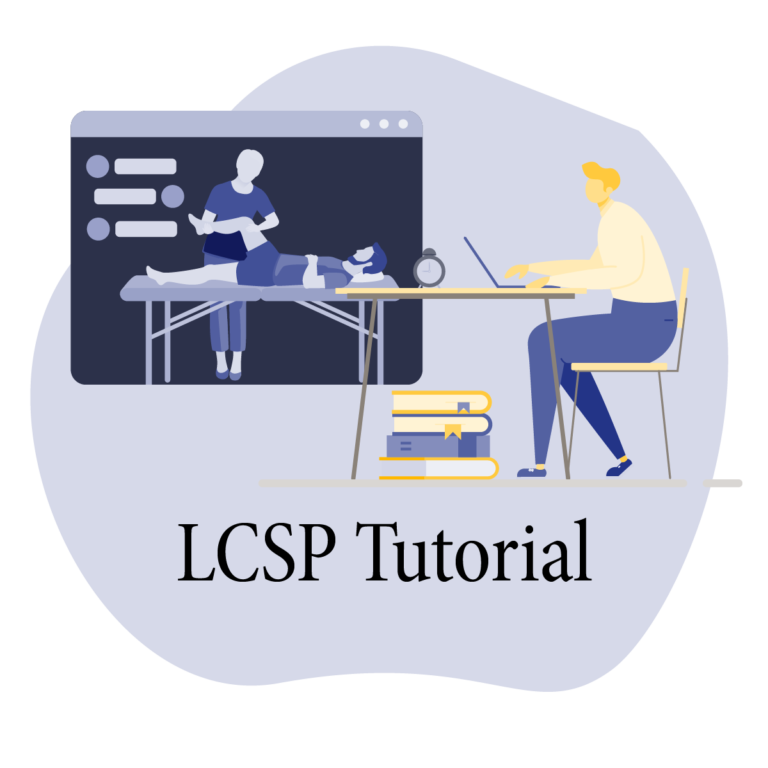The sense of smell has a unique ability to evoke powerful memories and emotions, often more effectively than other senses. This phenomenon is due to several factors related to the way smell is processed in the brain. One key factor is the anatomical pathway of the olfactory system. Unlike other sensory systems, such as vision and hearing, which pass through the thalamus before reaching the cortex, the olfactory system has a direct connection to the brain’s limbic system, which includes structures like the amygdala and hippocampus. The limbic system is closely associated with memory, emotions, and the formation of long-term memories.
When odor molecules enter the nose, they bind to olfactory receptors located in the olfactory epithelium. The signals from these receptors are then transmitted via the olfactory nerve directly to the olfactory bulbs, which are part of the limbic system. From there, the olfactory information is rapidly processed and integrated with emotional and memory-related responses. The close connection between the olfactory system and the limbic system allows smells to evoke vivid memories and emotions. When we encounter a familiar scent, it can trigger the recall of associated memories and experiences stored in the brain. This direct and rapid pathway may explain why smells can transport us back in time more effectively than other senses.
Furthermore, the olfactory system is closely linked to the brain regions involved in emotional processing. Smells can elicit strong emotional responses, and these emotions are closely intertwined with our memories. The combination of odor-evoked emotions and the recall of specific memories can create a powerful nostalgic experience.
It’s important to note that individual experiences with smell and memory can vary. While some smells may evoke vivid memories and emotions for one person, they may not have the same effect on someone else. The strength and specificity of these connections can be influenced by factors such as personal experiences, cultural associations, and individual differences in olfactory sensitivity. Although still in the early days, research suggests that fascia may have a role in the transmission and integration of sensory information, including smells, within the body. It is known that the olfactory system has direct connections to the limbic system, which is involved in memory and emotion processing. One theory proposes that fascia, being a pervasive tissue throughout the body, could potentially transmit sensory information, including smells, to different body regions, including the limbic system. This could help to explain the deep connection between smells, memories, and emotions. Come to London and build your own memories with three days of fascia exploration that will impact your limbic system and provide the most amazing memories that will last a lifetime: https://ntc.ie/course/dissection-london/






